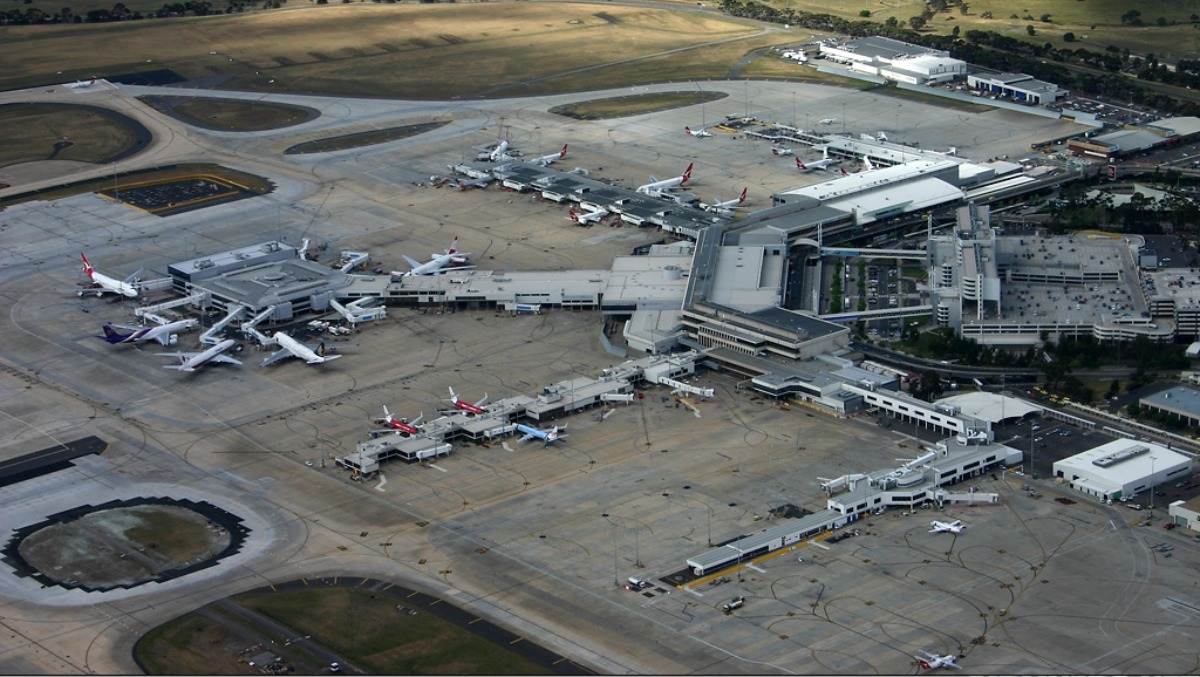
Capacity at Melbourne Airport is continuing to increase, with more than 20 million passengers in the financial year to date, though as yet remains below pre-pandemic levels.
The airport saw a total of 2,312,697 travellers through its terminals during February, roughly double the total from February 2022, including 659,641 international passengers – a growth of almost 350 per cent over the previous year.
“This is good news for Victoria’s education sector and the broader economy, as full-fee paying overseas students return for their studies and add extra numbers to the state’s labour pool,” said Melbourne Airport CEO Lorie Argus.
“Melbourne Airport has worked hard to secure extra flights to India and Malaysia as well as a return of capacity to Europe, New Zealand and China, and these figures suggest that is paying dividends.”
However, this represents only 81 per cent of the airport’s capacity from February 2019, the last year before the full impact of COVID-19, when 2,867,243 passengers passed through Melbourne’s terminals.
According to Argus, the airport has started work on refreshing its international arrivals walk and check-in area.
“We’ve also been able to start taking some of the hoarding down in the Qantas T1 domestic terminal, with fantastic new WH Smith and Icons Victoria outlets now open to travellers,” she said.
“More new retailers will open in T1 over the coming months, and when construction is finished later this year, we are confident it will be the best domestic terminal in the country.”
In its quarterly report earlier this month, the ACCC revealed that 5.9 million domestic seats were made available for travel around Australia in January, with Qantas flying at 102 per cent of pre-pandemic capacity, Virgin at 96 per cent, and Jetstar at 84 per cent.
Despite the increased capacity, however, passenger numbers were lower than pre-2020, with just 4.4 million passengers flying in Australia in January – only 89 per cent of pre-pandemic levels.
The industry load factor dropped from 83 per cent in October 2022 to 75 per cent in January due to higher capacity and seasonally lower demand.















